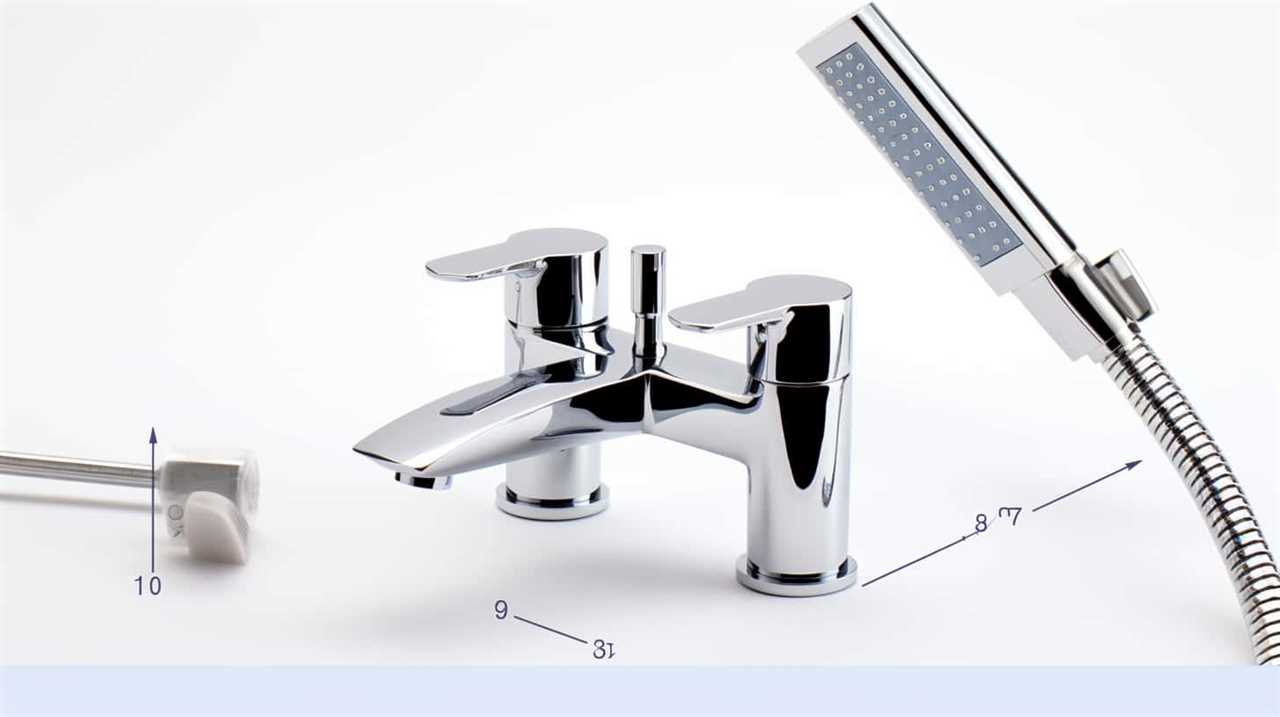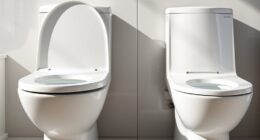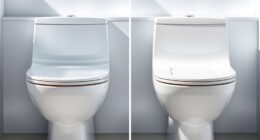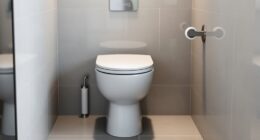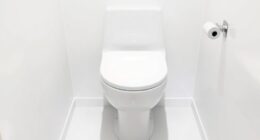Ever thought about how the toilet drain functions? We have the answer for you. This article will explore the detailed processes that enable efficient waste transportation and disposal. From the flushing mechanism to the trap and siphoning process, we will break it down for you. Prepare to improve your plumbing knowledge and gain a comprehensive understanding of how your toilet drain works. Let’s get started!
Key Takeaways
- The flush mechanism, water flow, trap, and waste transportation are all crucial for proper toilet drainage.
- Well-designed systems balance efficiency and waste removal.
- Efficient waste transportation ensures safe disposal and contributes to cleanliness and hygiene.
- Regular maintenance and troubleshooting practices help prevent clogs, leaks, and other issues, promoting water conservation and preventing damage.
The Flush Mechanism
The flush mechanism is what allows us to efficiently and effectively remove waste from the toilet bowl using a combination of water and gravity. In terms of toilet design, the flush mechanism plays a crucial role in ensuring the proper functioning of the toilet system.
It consists of several components, including the flush valve, fill valve, and trip lever. When the trip lever is pressed, it lifts the flush valve, allowing water to flow from the tank into the bowl. The force of the water, combined with gravity, creates a powerful flush that removes waste from the bowl.
It’s essential to have a well-designed flush mechanism to ensure optimal water conservation while still maintaining effective waste removal. By carefully calibrating the flush mechanism, manufacturers can strike a balance between water efficiency and thorough cleansing, contributing to sustainable practices in bathroom design.

Water Flow and Gravity
To understand the mechanics of how a toilet drains, we need to examine the role of water flow and gravity in the process.
Water pressure plays a crucial role in this mechanism. When the flush lever is activated, water rushes into the toilet bowl, increasing the pressure inside it. This sudden surge of water creates a force that pushes the waste and wastewater down the drainpipe.
Additionally, gravity aids in the efficient drainage of the toilet. The toilet bowl design, with its curved shape and siphon jet, helps to maximize the gravitational force acting on the water. As the water flows down, it creates a siphoning effect, pulling the waste along with it.
The combination of water pressure and gravity ensures that the toilet drains effectively and efficiently.

Trap and Siphoning
After examining the role of water flow and gravity in the drainage process, we can now delve into the subtopic of trap and siphoning.
When it comes to toilet design, the trap plays a crucial role in preventing foul odors and harmful gases from entering the bathroom. The S trap, a common type of trap used in toilets, functions by creating a water seal that prevents sewer gases from flowing back into the toilet bowl.
This is achieved through a curved pipe that holds water, effectively blocking the passage of gases. When the toilet is flushed, the water from the tank creates a siphoning effect, pulling waste and water down into the drainpipe and pushing it through the trap.
The trap ensures that the water seal is maintained, preventing any gases from escaping. Understanding the functioning of the S trap is essential for proper toilet drainage and maintaining a hygienic bathroom environment.
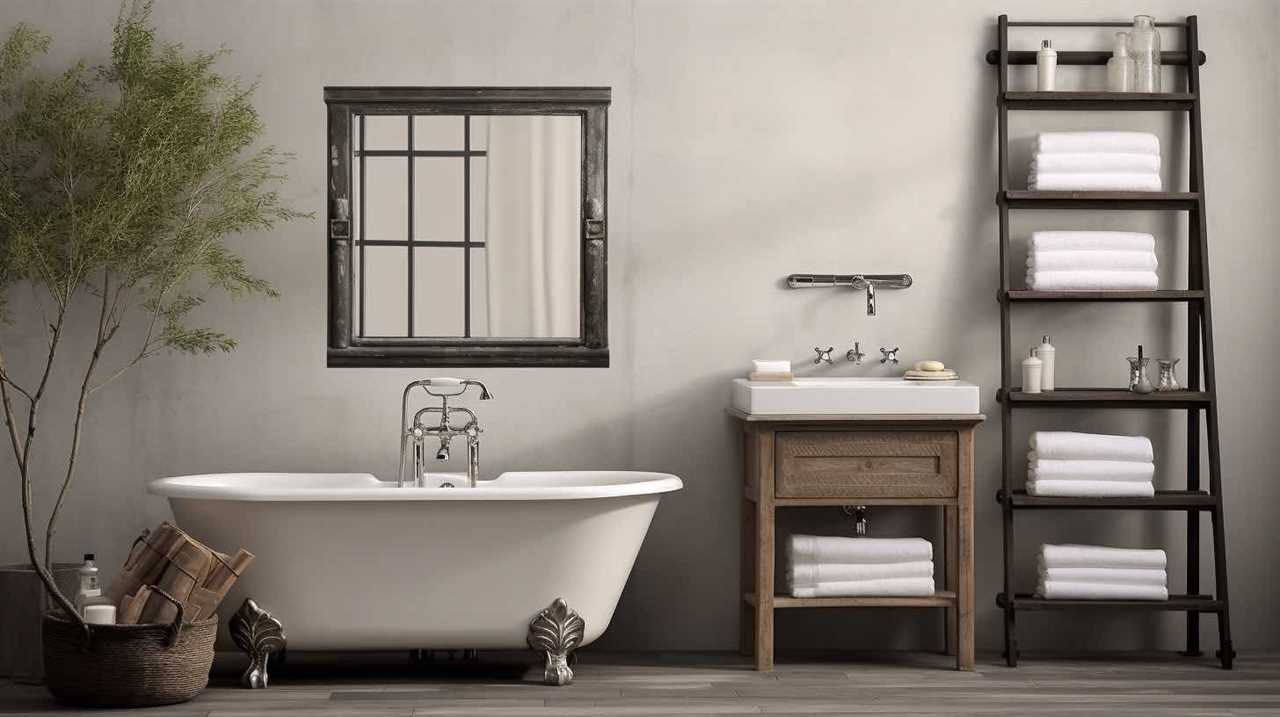
Waste Transportation
Continuing our examination of toilet drainage, let’s now delve into the important process of waste transportation.
Once waste is flushed down the toilet, it enters the sewage system, where it undergoes a series of steps to ensure proper disposal. The sewage system consists of a network of pipes and treatment facilities designed to transport and treat waste efficiently.
Gravity plays a crucial role in waste transportation, as it allows the waste to flow through the pipes and reach the treatment facilities. However, in cases where gravity is insufficient, pumps are used to push the waste forward.
The sewage system carefully manages waste transportation to prevent blockages and ensure the safe disposal of waste, contributing to the overall cleanliness and hygiene of our communities.
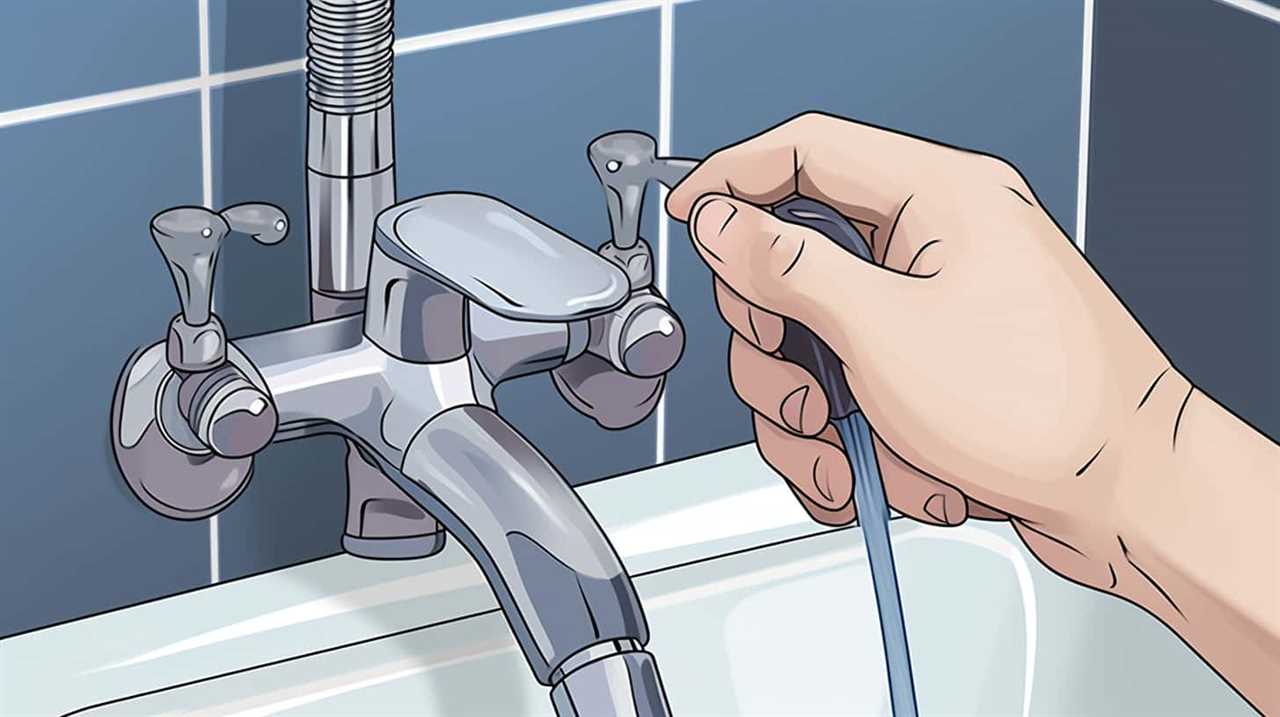
Plumbing Maintenance and Troubleshooting
Now, let’s move on to discussing how we can effectively maintain and troubleshoot our plumbing systems. Here are three important aspects to consider when it comes to plumbing maintenance and troubleshooting:
- Common toilet clogs: To prevent clogs, avoid flushing excessive amounts of toilet paper or non-flushable items. Regularly clean the toilet bowl and use a plunger to clear minor clogs. For stubborn clogs, a toilet auger or a drain snake can be used to remove the blockage.
- Toilet leak detection and repair: Leaks can waste water and lead to costly damage. Check for leaks by adding a few drops of food coloring to the toilet tank and see if the water in the bowl changes color without flushing. To fix leaks, replace faulty components such as the flapper, fill valve, or flush valve.
- Regular maintenance: Perform routine inspections of your plumbing system, including checking for signs of corrosion, loose connections, or worn-out seals. Clean the toilet tank and bowl regularly to prevent mineral buildup. Additionally, consider installing a water pressure regulator to prevent excessive pressure that can damage your plumbing.
Frequently Asked Questions
How Does the Design of the Toilet Bowl Affect the Flushing Mechanism?
The design of the toilet bowl, including its material and shape, directly impacts the flushing mechanism. The material affects water flow, while the shape determines the efficiency of waste removal.
What Are the Most Common Reasons for a Toilet Clog?
The most common reasons for a toilet clog include improper waste disposal, excessive toilet paper usage, and flushing foreign objects. To prevent clogs, proper toilet clog prevention measures should be taken, such as regular toilet drain cleaning.
How Can I Prevent Unpleasant Odors From Coming Out of the Toilet?
To prevent unpleasant odors from the toilet, we must focus on toilet odor prevention techniques. This includes considering the design of the toilet bowl, which plays a crucial role in minimizing odors.

Can a Toilet Flush Properly Without the Use of Water?
A toilet can flush properly without water by using alternative flushing methods. However, it is important to consider the environmental impact of waterless toilets, as they may require additional maintenance and disposal processes.
What Are Some Signs That Indicate a Problem With the Toilet’s Plumbing System?
Toilet plumbing maintenance requires vigilance. Troubleshooting toilet drainage is crucial. Signs of plumbing problems include slow flushing, gurgling sounds, and unpleasant odors. Regular inspection and prompt repairs ensure a smoothly flowing system.
Conclusion
In conclusion, the toilet drain functions through a well-designed flush mechanism that utilizes water flow and gravity. The trap and siphoning system play a crucial role in preventing odors and maintaining hygiene. Waste is efficiently transported through the plumbing system for proper disposal.
Regular maintenance and troubleshooting are essential to ensure the smooth operation of the toilet drain. Understanding the intricacies of this process is key to maintaining a functional and efficient plumbing system.
